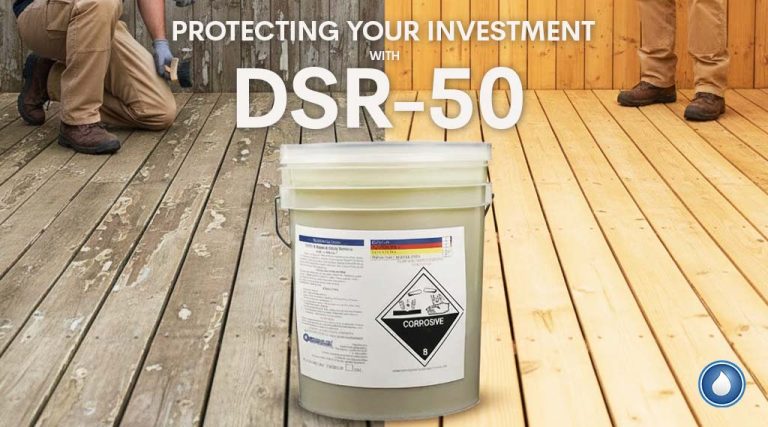- Home
- /
- /
- How to Remove Shotgun or Artillery Fungus
Subscribe To Our Newsletter
Stay in the know on the latest products, deals, events, tips & tricks.
Social Media
How to Remove Shotgun or Artillery Fungus
Combating Artillery Fungus Requires More than a Shotgun ApproachShooting Down Artillery FungusSUMMARY: Artillery Fungus is a problem. These spores of the genus Sphaerobolus will attach themselves to siding, automobiles, or any light colored surface. Though not harmful, it is a nuisance and, if left to set, the spores can cause permanent staining.Artillery Fungus is not funOccasionally we get calls about tiny, black specks appearing on house siding, wooden decks, cars, or other surfaces. These spores from the Artillery fungus pose a stubborn cleaning and removal problem. Despite our most intense efforts, complete elimination seems impossible. At best, light black or brown shadows remain on the cleaned surface.Artillery or shotgun fungus has become an ever-increasing problem. If allowed to spread or sit for an extended period, it is impossible to completely remove the spores from most surfaces.What is Artillery Fungus?Though these specks appear to resemble insect feces, scale crawlers, or air-borne pollutants, they are actually mature spore masses expelled from the fruiting bodies of a fungus known as “artillery” or “shotgun” fungus. (Actually, artillery fungus is what we encounter most of the time, as shotgun fungus grows on horse dung.)Artillery fungus develops in organic mulch and other organic materials, and is usually a greater problem in spring and fall, when conditions are cool and moist conditions and temperatures range from 50 to 70 degrees.Artillery fungus is a cream or orange-brown cup containing a black round mass of spores that is difficult to see. The mushroom fungus spreads open like a flower, and seeks out a bright, light source (light colored siding, cars, and the like) and shoots its spores toward the source, thus the name “artillery” or “shotgun”. The fungus can detect downspouts, soffits, windows, cars, sun bouncing off windows, and other bright surfaces. The spores can be “shot” as high as the second floor of a building (about 20 feet).These spores are one to two millimeters in diameter, black, sticky, and globular in appearance. Scraping the top of the black specks off with a fingernail reveals a reddish or cream color. The spores can ruin the appearance of siding or a wooden deck. It is theorized that artillery fungus can complete its life cycle only on wood (as in hardwood mulch), but not on bark, which has a lower carbon to nitrogen ratio.Removing Artillery FungusRemoving the black, tar-like spots from surfaces has, for the most part, been an exercise in futility. If the fungus has not been in place for very long, removing it is possible using: Hot Water Power Washer 200⁰F High flow rate – at least 5.5/gpm 3000 psi Turbo Nozzle (use with caution)Unfortunately, the longer the fungus is in place, the harder it is to remove, especially from siding. Attacking the spores no later than two to three weeks after they first appear increases the chances they can be cleaned off.However, the above process will not work on most aluminum siding as the paint will not hold up to the extreme heat and pressure, and extreme care should be used on aluminum siding and car paint to prevent damaging their finish.On wood siding, if the fungus has set in to the point where cleaning with this process only removes the tops of the spores and leaves tiny black or brown spots, finish the process by carefully rubbing the affected area with a fine grade of steel wool to remove the spore stains. This process is very time consuming though, and should only be considered as a last resort for removing the fungus. DO NOT use this method on aluminum or PVC – coated siding. In addition, PVC-coated siding, may not withstand high water temperatures.For decks, try to clean them when the spores first appear. Once the deck is cleaned and the spores removed, recoat the surface. We recommend using only non-chlorine based cleaners, in conjunction with a coating containing an EPA registered fungicide.Preventing artillery fungus bombardmentFor locations plagued with this problem, several preventive measures can be taken. Among them are: Change to rot resistant mulches such as cedar, redwood, or cypress – artillery fungus does not grow in these environments. Switch to a non-organic ground cover such as stone, gravel, river rock, or similar product. Add a new layer of fresh mulch that completely covers the old. For added protection, remove the old mulch before the new mulch is put down. Use bark mulch. Avoid using mulch within thirty feet of any surrounding bright surfaces. Avoid mulches made of wood chips or ground up wood pallets. Stir up the mulch regularly to keep it dry and retard the growth of Artillery fungus. Treat the surrounding area with an EPA approved fungicide. Remove any rotting wood and animal droppings, as these present optimum growing conditions for the fungus. Apply a specialty coating to the surface of the siding, designed to inhibit the growth of fungus and mold. Though some spores may still appear, they will be much easier to remove since they will be adhering to the coating, not to the siding.Sources:http://msucares.com/newsletters/pests/infobytes/19970407.htmhttp://ohioline.osu.edu/hyg-fact/3000/3304.htmlhttp://plantclinic.cornell.edu/FactSheets/artfungus/artilleryfungus.htm
Share This Post
More To Explore
2025 Tax Changes, New Rigs & Easy Payments: What Power Washing Pros Need to Know Before Dec 31
Updated for the latest federal guidelines. PowerWash.com does not provide tax advice. Always consult your CPA. As the year comes ...
Your Jobs Are Only as Good as Your Chemicals: Here Are the Ones That Stand Out
If your busy season has you running from job to job, you already know this: the equipment you use matters, ...
Stripping Wood the Smart Way (Not the Hard Way)
Deep Wood Restoration Made Simple with DSR-50 Whether you’re a professional deck and fence restoration contractor or a homeowner prepping ...
Fall Power Washing Tips: Get Your Last Cleaning Jobs Done Before Winter
Make the Most of Fall The Perfect Power Washing Season As temperatures cool and leaves start to fall, it’s the ...





